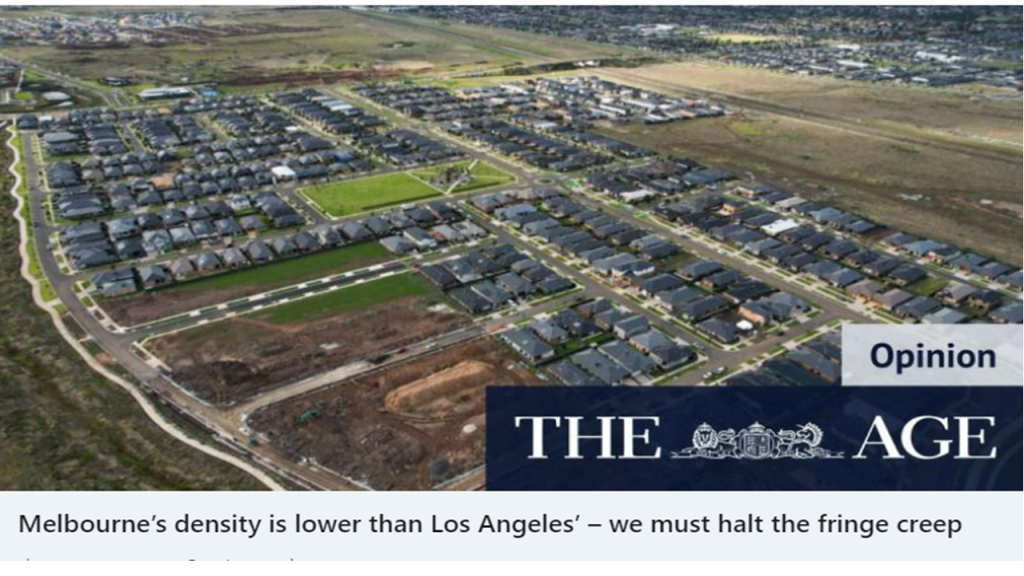As one of the least affordable housing markets on the globe, Australia’s worsening housing crisis seems to be of little concern to many, who are instead more interested in maintaining a relentless and increasingly tiresome attack on greenfield development. If, as a nation, we are genuine about improving the dire state of housing, then the “growth areas bad, infill good”, mindset, simply needs to stop.
Relative to its established suburbs, Melbourne’s growth areas have more than delivered on their end of the bargain during a decade of unprecedented population growth.
Accommodating vast numbers of people, including many recent migrants who are now arriving in record levels, growth areas have, and continue to serve a basic, societal function at a scale not happening elsewhere: housing the population. In the absence of a considered national population policy, this pattern will continue, whether we like it or not.
Contrary to the perception that greenfield development is little more than low-density, McMansion- riddled sprawl, housing our own version of “Deplorables”, Melbourne’s growth areas are being developed at densities higher than the majority of its established suburbs.
Year after year, the number of new dwellings required in established suburbs, simply fail to be delivered. Despite policy objectives, this is in no small part the result of political folly, sadly coming at the expense of much-needed housing. Across metropolitan Melbourne, there are thousands of well-located Neighbourhood Residential Zoned sites that also happen to be situated within 400 metres of the Principal Public Transport Network (PPTN). How this self-induced dilemma reconciles the protection of neighbourhood character with the objectives of the 20 Minute City will be intriguing to say the least.
Ironically, ineffective infill policy has placed an even greater burden on Melbourne’s growth areas. Providing approximately two-thirds of all new dwellings, the combination of population increase, demographic shifts, and the need for affordable housing, is likely to generate even greater demand for housing in growth areas over the coming years.
Planning for rapid growth is a dynamic process that is reliant on a sophisticated understanding of a range of variables. So long as the system is characterised by ineffective policy, outdated land-use strategies, and an ideological disdain for greenfield development, the housing crisis is here to stay.




